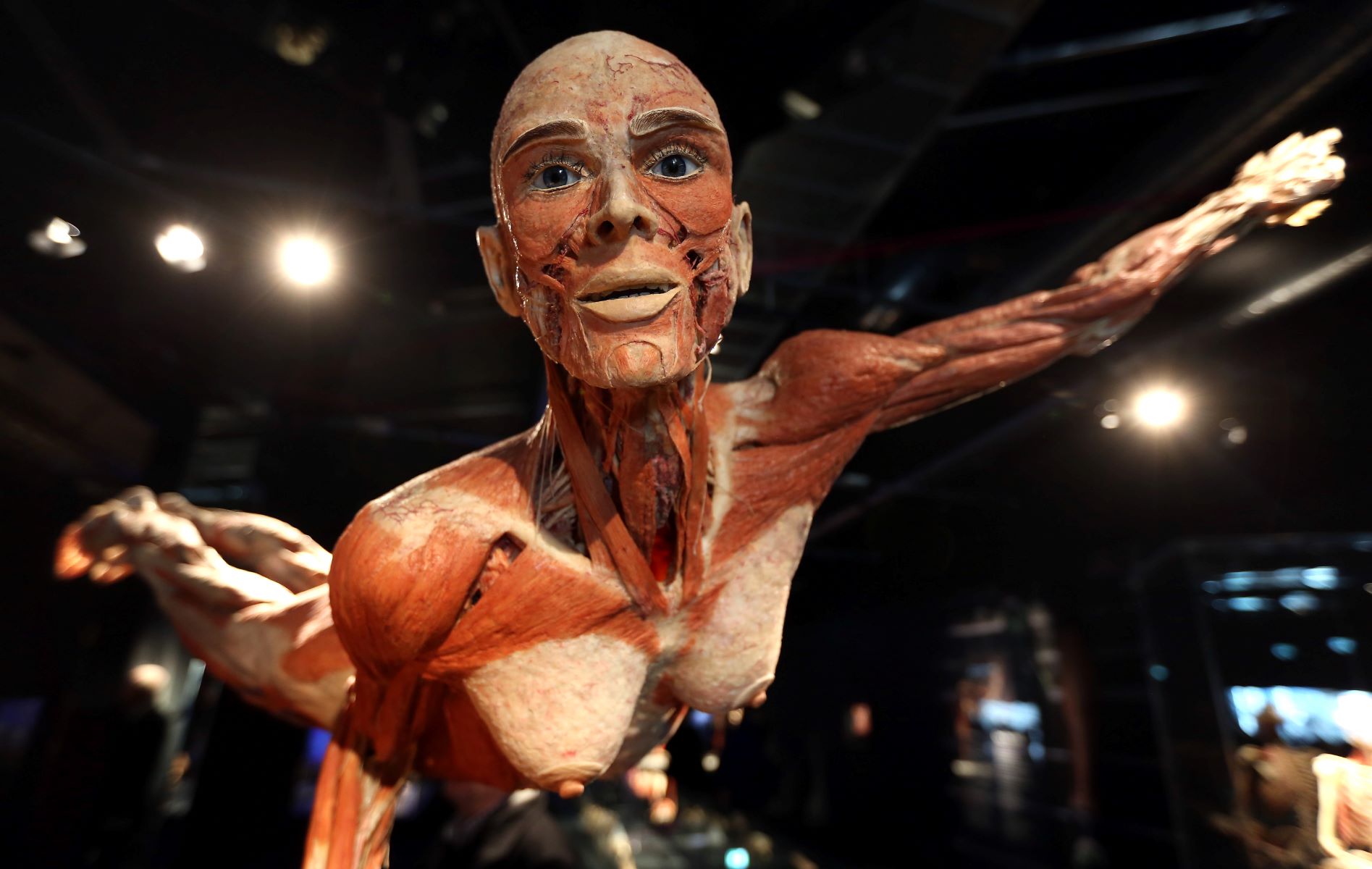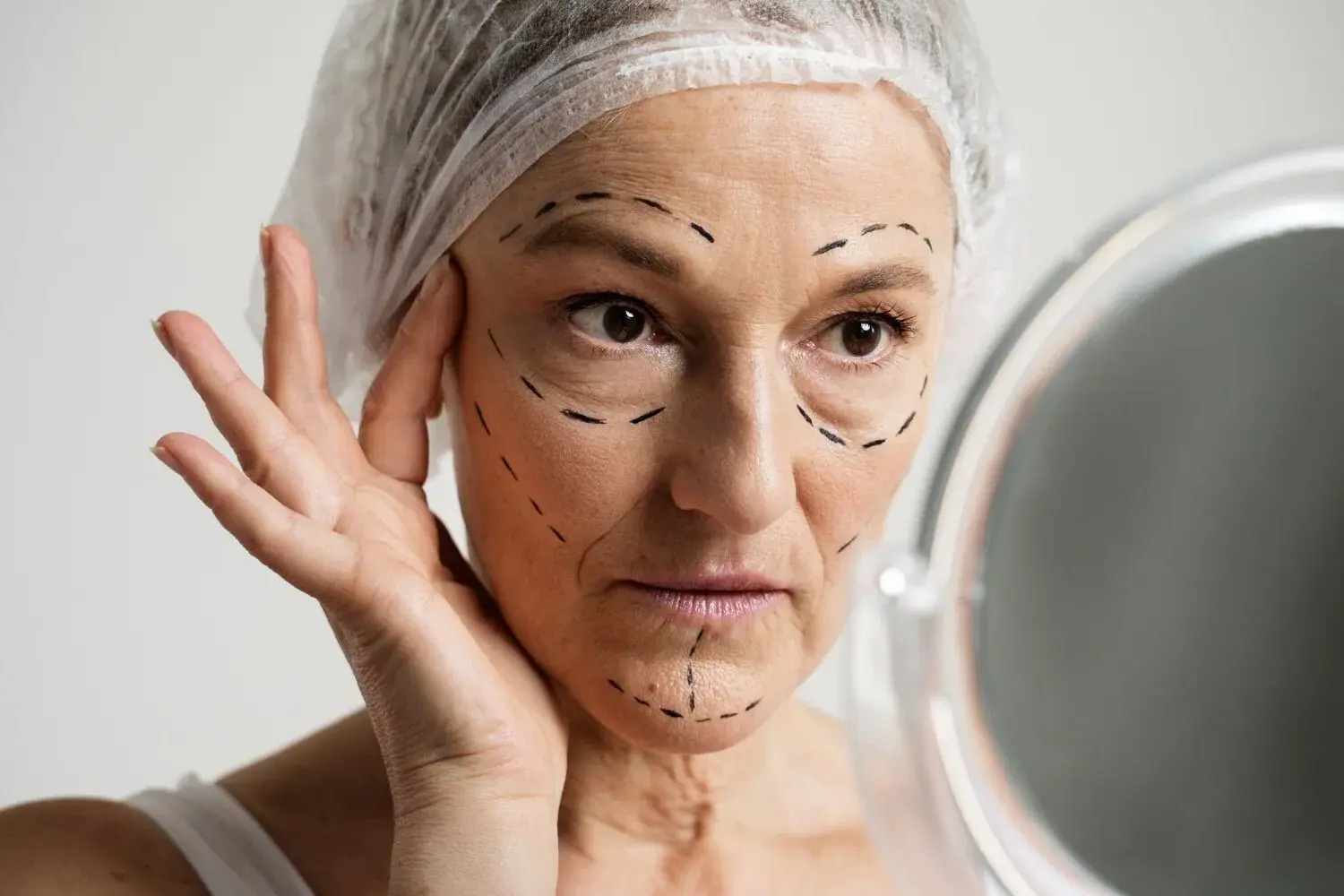
Plastination is a technique that preserves bodies or body parts by replacing water and fat with certain plastics. Invented by Dr. Gunther von Hagens in 1977, this method keeps tissues intact and prevents decay. But what makes plastination so fascinating? It allows for detailed anatomical studies without the smell or decay associated with traditional methods. Medical students, researchers, and even artists benefit from this innovation. Imagine examining a human heart or brain in perfect condition, years after preservation. Plastination has revolutionized how we learn about the human body, making it a cornerstone in modern anatomy. Curious to know more? Let's dive into 35 intriguing facts about this groundbreaking technique.
Key Takeaways:
- Plastination is a preservation technique invented by Dr. Gunther von Hagens in 1977. It's used for education, lasts indefinitely, and has applications in fields like art, forensics, and research.
- Plastination offers durable, detailed, and safe specimens for medical education and research. Despite challenges, ongoing advancements and potential new applications make its future promising.
What is Plastination?
Plastination is a technique used to preserve bodies or body parts by replacing water and fat with certain plastics. This process results in specimens that can be touched, do not smell, and retain most properties of the original sample.
- Invented by Dr. Gunther von Hagens: In 1977, Dr. Gunther von Hagens developed plastination at the University of Heidelberg in Germany.
- Used for Education: Medical schools and universities use plastinated specimens to teach anatomy and pathology.
- Body Worlds Exhibits: Dr. von Hagens' Body Worlds exhibitions feature plastinated human bodies and have been seen by millions worldwide.
- Long-lasting Preservation: Plastinated specimens can last indefinitely if kept in proper conditions.
- Non-toxic: Once the plastination process is complete, the specimens are non-toxic and safe to handle.
How Does Plastination Work?
The process of plastination involves several steps, each crucial to ensuring the specimen is preserved correctly. Here’s a breakdown of how it works.
- Fixation: The first step involves fixing the specimen with formaldehyde to halt decomposition.
- Dehydration: Water and fats are replaced with acetone through a process called dehydration.
- Forced Impregnation: The specimen is placed in a vacuum chamber where acetone is replaced with a polymer.
- Positioning: Specimens are positioned in lifelike poses before the polymer hardens.
- Curing: Finally, the specimen is cured with gas, heat, or UV light to harden the polymer.
Applications of Plastination
Plastination has a variety of applications beyond just medical education. It has found uses in several fields, each benefiting from the unique properties of plastinated specimens.
- Veterinary Science: Veterinary schools use plastinated animals to teach anatomy.
- Art: Some artists use plastinated specimens in their work to explore themes of life and death.
- Forensics: Forensic scientists use plastination to preserve crime scene evidence.
- Museums: Museums display plastinated specimens to educate the public about human and animal anatomy.
- Research: Researchers use plastinated specimens to study diseases and develop new treatments.
Ethical Considerations
Plastination raises several ethical questions, particularly concerning the use of human bodies. Here are some key points to consider.
- Informed Consent: Donors must give informed consent for their bodies to be used in plastination.
- Cultural Sensitivity: Different cultures have varying views on body preservation and display.
- Transparency: Institutions must be transparent about the origins of plastinated specimens.
- Respect for Donors: Specimens should be treated with respect and dignity.
- Public Perception: Public opinion on plastination can vary, influencing the acceptance of plastinated exhibits.
Benefits of Plastination
Plastination offers numerous benefits, making it a valuable tool in various fields. Here are some of the key advantages.
- Durability: Plastinated specimens are durable and can be used repeatedly without degradation.
- Detail Preservation: The process preserves fine anatomical details, making it ideal for educational purposes.
- Safety: Specimens are non-toxic and safe to handle, unlike traditional preserved specimens.
- Accessibility: Plastinated specimens can be transported easily, making them accessible to a wider audience.
- Cost-Effective: Over time, plastinated specimens can be more cost-effective than maintaining traditional preserved specimens.
Challenges in Plastination
Despite its benefits, plastination also presents several challenges that need to be addressed.
- Cost: The initial cost of plastination equipment and materials can be high.
- Time-Consuming: The process can take several weeks to months, depending on the size of the specimen.
- Technical Expertise: Skilled technicians are required to perform plastination correctly.
- Ethical Issues: As mentioned earlier, ethical considerations can complicate the use of plastinated specimens.
- Limited Availability: Not all institutions have access to plastination facilities.
Future of Plastination
The future of plastination looks promising, with ongoing advancements and potential new applications.
- Technological Advances: New technologies may streamline the plastination process, making it more accessible.
- Expanded Use: Potential for use in new fields such as paleontology and archaeology.
- Public Education: Increased public awareness and acceptance of plastination through exhibitions and media.
- Improved Techniques: Ongoing research may lead to improved plastination techniques, enhancing specimen quality.
- Global Collaboration: International collaboration could lead to standardization and broader use of plastination worldwide.
The Fascinating World of Plastination
Plastination is a groundbreaking technique that has revolutionized how we study anatomy. By replacing bodily fluids with polymers, it preserves specimens in a lifelike state, making them invaluable for education and research. This method, developed by Dr. Gunther von Hagens in the late 1970s, has allowed for detailed anatomical displays that are both durable and safe to handle.
Educational institutions and museums worldwide use plastinated specimens to teach students and the public about the human body. These displays offer a unique, hands-on learning experience that traditional methods can't match. Moreover, plastination has opened doors for medical professionals to study intricate details of human anatomy without the ethical concerns associated with cadaver dissection.
In short, plastination has transformed anatomical science, providing an unparalleled tool for education and research. Its impact on medicine and biology will continue to grow, making it a cornerstone of modern anatomical study.
Frequently Asked Questions
Was this page helpful?
Our commitment to delivering trustworthy and engaging content is at the heart of what we do. Each fact on our site is contributed by real users like you, bringing a wealth of diverse insights and information. To ensure the highest standards of accuracy and reliability, our dedicated editors meticulously review each submission. This process guarantees that the facts we share are not only fascinating but also credible. Trust in our commitment to quality and authenticity as you explore and learn with us.


